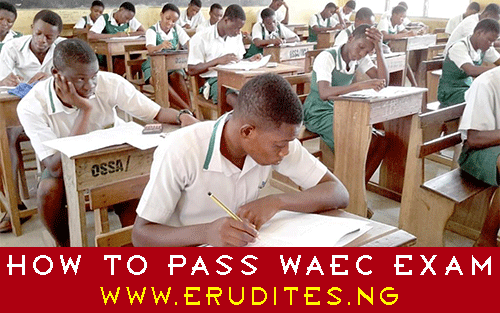Once this subject is missing, just know that there is a bug to remove, therefore it will be paramount and of great benefit if the reasons why candidates fail mathematics WAEC 2016 are unveiled. The reasons are still relevant even till today, therefore, as prospective candidates, take a good read of them.
Candidates’ Weakness
The Chief Examiner reported that candidates showed significant weakness in the following areas:
- Adherence to the rubric of the question
- inclusion of essential details and units
- Representing given information in appropriate diagrams
- Circle Geometry and its applications
- Geometrical construction
- Mensuration of compound shapes
- interpretation/solution to word problems
- Reading from graphs
- Calculation of compound interest
- Modulo Arithmetic
Suggested Remedies
The following remedies were suggested by the Chief Examiner:
- Candidates were encouraged to cover all the topics in the syllabus while preparing for the examination
- Teachers as well as candidates were encouraged to put in more effort in studying geometry.
- Teachers were encouraged to use instructional materials during lesson so as to re-enforce the learning of mathematical concepts
- Candidates were encouraged to adhere to the rubrics of the question especially with regards to the use of calculators and degree of accuracy
- Candidates were encouraged to avail themselves of past WASSCE General Mathematics questions.
- Teachers were encouraged to participate in the Main coordination meeting
- Candidates were encouraged to read through the questions carefully so as to understand its demands before answering them
- Teachers were encouraged to emphasize these weak areas during instruction and lead them to appreciate the application of Mathematical concepts in everyday living
Candidates’ Strengths
The Chief Examiner observed that candidates performed well in the following areas
- Sets
- Completion of the table of values for trigonometric functions
- Arithmetic Progression
- Solution to simple linear inequalities
- Calculation of mean and standard deviation




